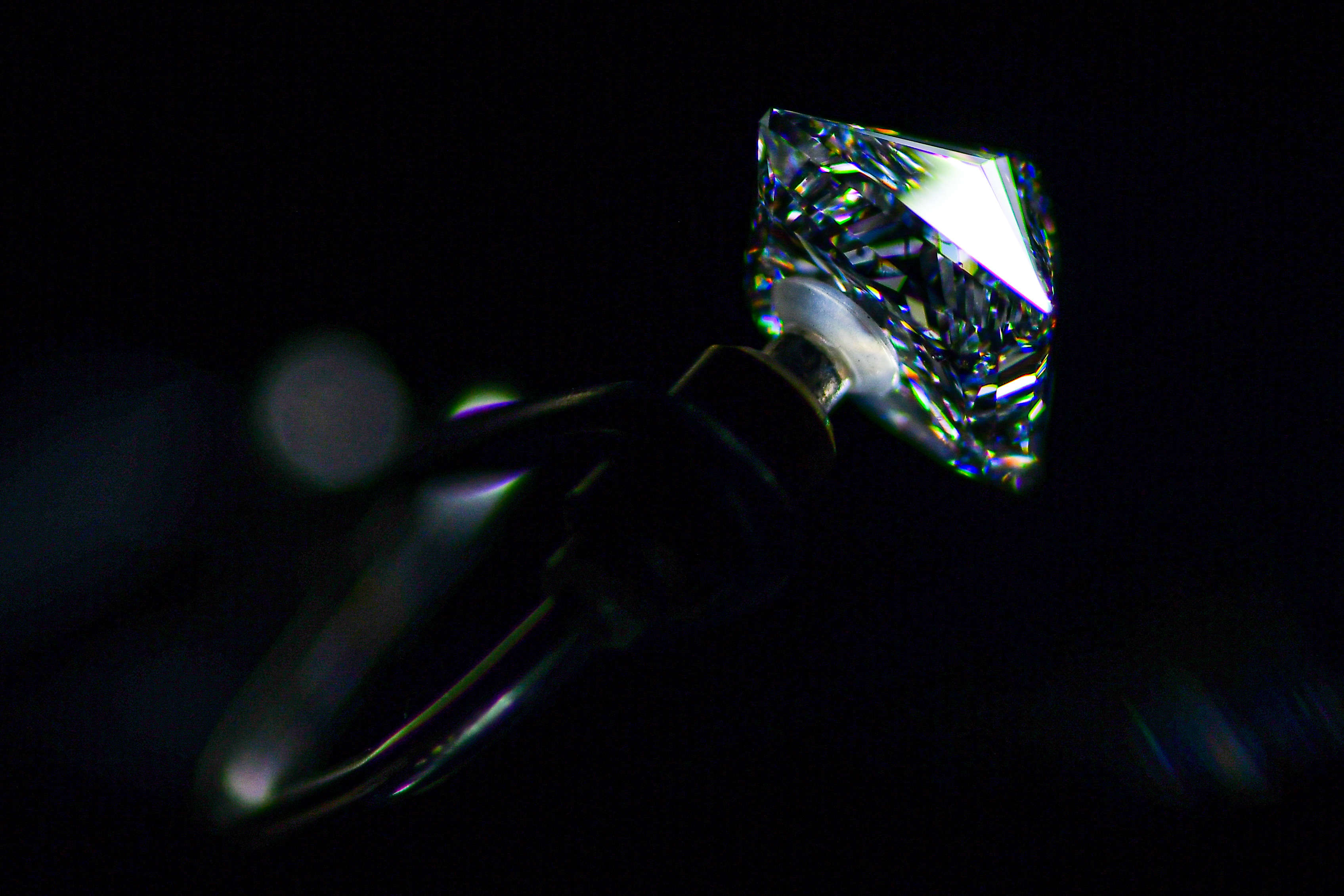Create a free profile to get unlimited access to exclusive videos, sweepstakes, and more!
Space jewels? There could be actual diamond exoplanets out there

Stars get all the attention for twinkling like diamonds in the sky, but there could be planets out there that are literal space diamonds.
Diamonds are formed when carbon atoms crystallize under extreme heat and pressure. With all the carbon in space, this probably isn’t limited to Earth. If the same process involving the same conditions happened millions or even billions of light-years away, would it still produce something worthy of a Harry Winston ring? It should. Now a team of researchers from Arizona State University who had previously been studying exoplanets with a high carbon content believe that some of them could be actual orbs of diamond and silica.
“Because our solar system does not host carbon-dominated planets, relatively little is known about the type of structure and dynamics that make up the surface and interior of these planets,” Harrison Allen-Sutter said in a study he led, which was recently published in The Planetary Science Journal.
The absence of high-carbon planets nearby could explain why these floating diamonds are only hypothetical at the moment. However, past astrophysical measurements of stars in distant galaxies have proven that the carbon-to-oxygen ratios in some star systems are high enough for such a phenomenon to happen. Some of these stars contain as much as 80 percent carbon. Stars and planets emerge from the same gaseous cloud. If there are planets surrounding these stars that were made of mostly carbides (binary carbon compounds) such as silicon carbide (SiC), they could have metamorphosed into huge diamonds.
What is the magic ingredient for turning carbon into diamond? Just add water. Silicon carbide will make a transformation into diamond when reacting with water under high enough temperatures and pressures. Fairy godmother comparisons aside, the process is about as un-fairytale as you can get.
Allen-Sutter and his team simulated the innards of carbide planets in a lab to see if they could really turn to diamond. To create an environment similar to the mantle of such a planet, they submerged silicon carbide in water. The sample was then subjected to the immense pressure of being compressed between two diamond anvils, and then heated by lasers at high pressures. X-ray measurements during laser heating allowed the team to keep an eye on the reaction. Sure enough, after much more effort than just the wave of a wand, they had silica and diamonds.
“If water can be incorporated into carbide planets during their formation or through later delivery, they could be oxidized and have mineralogy dominated by silicates and diamond in their interiors,” said Allen-Sutter.
Because of this, wherever water can reach SiC in a carbide planet, a chemical reaction would start on the outside, covering the surface with silica, while diamond and silica would form further inside. Princess planets like this are also likely to retain a large amount of water (great for a planet, not so great for a ballgown). Because solubility drastically increases in the dense silicate that forms with the diamonds under extremely high pressures, there could potentially be a substantial amount of water in the mantle of a carbide planet.
Could that water mean life? Probably not, considering that life as we know it isn’t compatible with a planet made of mostly diamond and silica, but there might be a type of life as we never knew it out there. Maybe it even wears a diamond crown.














